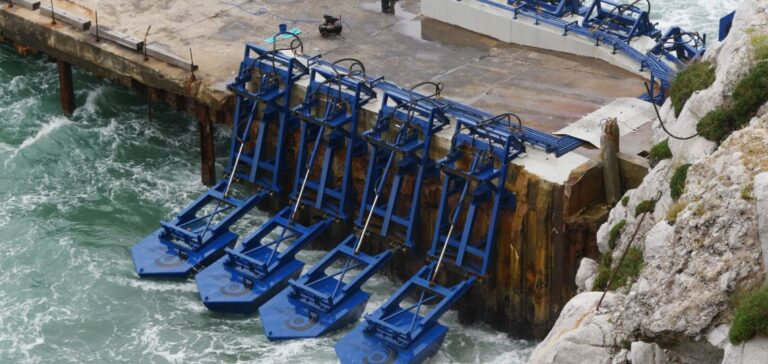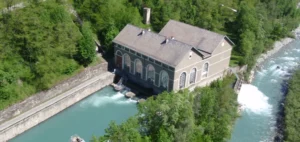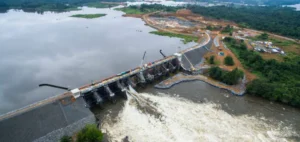Eco Wave Power Global AB (publ) has signed a contract with All-Ways Metal, a woman-owned California-based company, to manufacture the floaters for its wave energy project at the Port of Los Angeles. This project marks a significant milestone in the development of Eco Wave Power’s first-ever wave energy demonstration site in the United States.
The floaters, which form a key part of Eco Wave Power’s proprietary wave energy conversion technology, will be manufactured locally by All-Ways Metal. They are scheduled for delivery within 70 days. Once completed, the floaters will be installed and connected to Pier One at the Port of Los Angeles, officially launching the company’s pilot project in the U.S.
A strategic collaboration for project development
This agreement comes after the company received final licensing approval from the Port of Los Angeles earlier this month. It also follows the federal permit granted by the U.S. Army Corps of Engineers in November 2024. These approvals clear the way for the full implementation of Eco Wave Power’s first U.S.-based wave energy system.
The project, co-developed with Shell Marine Renewable Energy (Shell MRE), represents a strategic partnership between the public and private sectors to establish next-generation renewable energy infrastructure. Once operational, the pilot site will serve as a model for future wave energy installations along the U.S. coastline and internationally.
Local and international goals of the project
“Inna Braverman, Founder and CEO of Eco Wave Power, stated: “We are proud to expand into the United States and collaborate with All-Ways Metal, a respected and experienced manufacturing company. By producing the floaters locally, we are not only accelerating project timelines but also supporting local job creation and contributing to the emergence of a new sustainable energy industry in the U.S.”
Rachelle Pickens, CEO of All-Ways Metal, expressed her satisfaction: “For us, this partnership with Eco Wave Power aligns with our commitment to supporting local industry and contributing to a greener future by producing the floaters here in California while bringing our expertise to the clean energy sector.”
This project serves as a strategic showcase for Eco Wave Power, which plans to deploy its wave energy technology across North America. By manufacturing the floaters locally, the company shortens manufacturing lead times and advances its environmental, social, and governance (ESG) goals through a domestic supply chain.






















